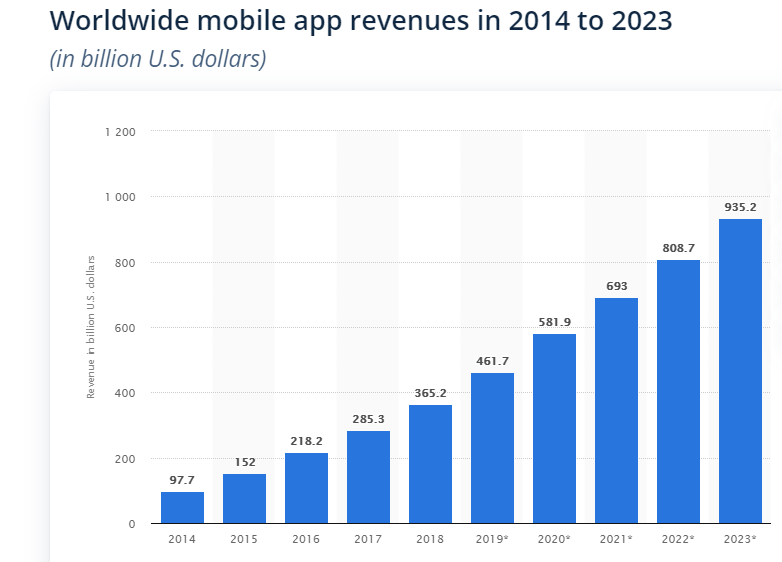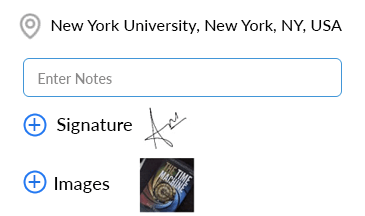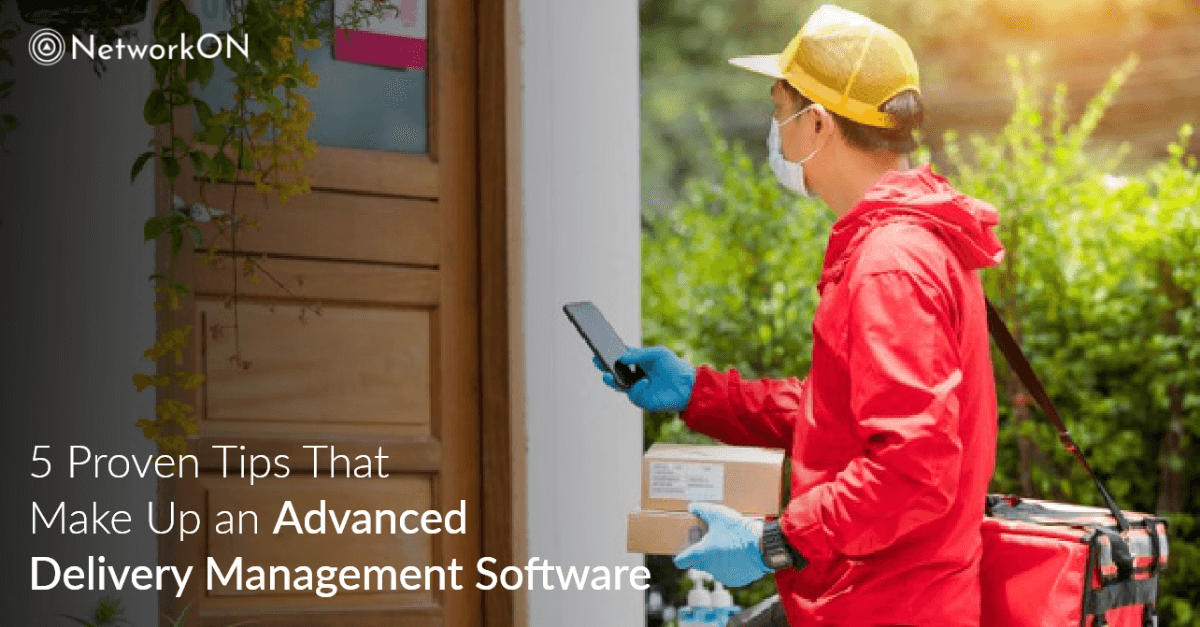Table of Contents
Doorstep delivery isn’t a luxury anymore. It has become an integral part of our everyday lives and has greatly transformed consumers’ expectations. The scope of improving a delivery management system is massive and sellers today are striving to offer more convenience, safer delivery options and better reverse logistics to scale up their business.
But scaling up is not just about a business, it implies to a delivery management software as well. So, while enterprises continue to enhance the quality of their services, the tools that they work with are not left far behind.
What makes a delivery services software best for business? The answer is subjective as every platform offers some kind of USP to the consumer. In this post, we will take a look at some proven tips that set your delivery management software apart from the competition.
The on-demand delivery apps are expected to generate USD 935 billion in revenue.
(Statista)

Tip #1
Proof of Delivery
Gone are the days of getting the delivery note signed by the customer after delivering a package. Smartphones and tablets have eliminated the need of carrying multiple lists and stationery and have brought proof of delivery into the twenty-first century.
Resources in the field can now scan the orders, get a digital proof of delivery, initiate reverse logistics requests, reschedule the delivery, or update order cancellation all from a single device.

Make sure your delivery management software is well synced with multiple device-types to improve the level of service during deliveries. Not only do devices make the process easier, they also provide transparency about a resource’s performance on the job.
Tip #2
Enhanced Communication
Communication is key when it comes to delivering an excellent customer experience. The whole purpose of developing a delivery management application is to offer convenience. As in the case of Uber-like apps, your delivery management solution should enable communication between the customer and delivery personnel in the field.
Why? A direct line of communication allows both the delivery person and customer to coordinate the time of delivery. You can integrate calling or even texting through your app to deliver real-time updates to the end user.
In addition to traditional calling or chat support, you can also go a step further and add a chatbot to improve the level of customer service in your app. Thanks to advanced machine learning algorithms, these chatbots can generate automated responses to several customer queries and with the passage of time create a knowledge base of the FAQs.
Saving 30% of customer support costs, they have been a great deal for enterprises wanting to provide real-time communications between all stakeholders.
INVESPCRO
Tip #3
Order Tracking and Visible Communication
Delivery management or delivery tracking software should deliver what it says on the tin. If you have a delivery app that doesn’t allow live order tracking or give the customer information about an order’s status every step of the way, then it is a failed product.
When customers have the power of tracking their orders through an app, it keeps the delivery team on their toes and prevents them from being sloppy at their job. In addition to tracking, your delivery management solution should also send SMS notifications in real-time to keep the customers engaged.
You should also be able to use the platform to create a feedback loop that will prove beneficial for both the logistics team and the sellers.
Also, you must include an option of informing the customers about any delay in delivery due to unavoidable circumstances. For example, if the valet is running late to deliver a food order because the restaurant was flooded with orders, the same should be communicated to the customer. It prevents anxiety and allows the delivery valet to skip unnecessary comments from a customer.
The final step in improving customer experience in the delivery process is to give them the ability to raise concerns if they have any problems with their order. Imagine receiving the wrong food order that was paid and delivered, that will be annoying, right?
Last-mile delivery tracking is essential to resolve customer complaints. Customer service agents or even chatbots can come in handy to streamline the miscommunications or errors in the delivery. While enterprises are slowly embracing automation for customer service, the primary focus remains the same – to ensure customer satisfaction on all fronts.
The Service Delivery Automation Market is expected to register a CAGR of 27% over the forecast period 2021 to 2026.
Mordor Intelligence
Tip #4
Push Notifications
While SMS notifications work well, an app should be equipped with the push notification feature. Though simple, this feature has a multitude of uses in your delivery management system.
They keep a customer informed about their order’s status and can also be used to gather feedback right after a delivery is completed. Since everyone receives waves of SMS alerts every day, most of which are just promotional messages, they might not bother going to the inbox and clicking a link leading to your website.
You can also use push notifications to showcase the products that your customers might be interested in based on their past purchases. In addition to that, push notifications are a great way to engage your customers in events like online promotions, offering limited-time deals, and more.
Tip #5
Route Optimization Capabilities
Advanced delivery route optimization is an essential part of any delivery management system. Your app should synch perfectly with GPS and the delivery agents in the field should get access to the best possible route whenever they are out for delivery.
Your system should collect data from multiple sources like ongoing traffic on road, alerts about ongoing construction in the immediate vicinity and alternative routes with road conditions. Companies operating in tier two and three cities and back up their software with geological data to help the drivers get past the congested areas in a breeze.
Route Optimization is the most important feature in the delivery business. By 2023, the market size is expected to reach USD 5.07 billion.
Markets & Markets
When you invest in a delivery management software, make sure you have a pre-built route optimization capability. A lot of popular Uber-like apps use Google Maps to provide the best routes to delivery agents on the go. It also helps in keeping track of the delivery fleet vehicles and adds to the overall security of the fleet.
Wrapping Up
The on-demand delivery business is booming and the world has seen tremendous growth in the domain over the last eighteen months alone. The new normal has forced people to go beyond the brick and mortar stores and get everything delivered to their doorstep.
As mentioned in the beginning, deliveries are no longer a luxury but a basic convenience for the customers.
So, if you are planning to start your own on-demand delivery platform, you must make sure that you include the features mentioned above to have a strong head start.
Strategize, Optimize and Scale Up your Delivery Management System
To know more about starting your own delivery management system or scaling up an existing one with new features, get in touch with our experts at info@networkon.io or visit our website today!





0 Conversations